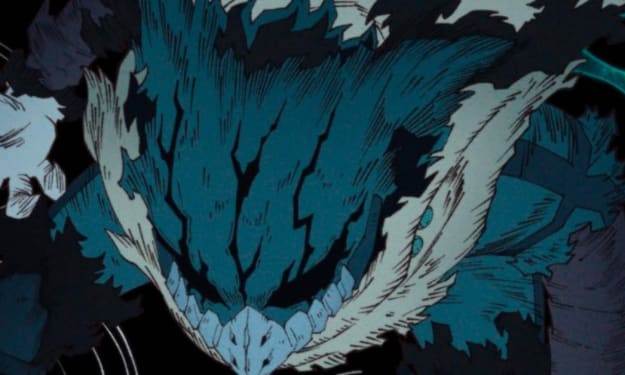Webcomics and Representation
Where All Kinds of Heroes Thrive

Who does not want to be a hero? After hearing and seeing heroes go on epic adventures, save the day, and find true love in all kinds of stories, everyone would love to feel like the hero of a story. However, often times the hero gets played by one kind of person: the straight white manly guy who cannot spit out his feelings to the girl he likes. Just take a peek at movies and books on the whole and this kind of hero takes the lead more often than any woman, a person of color, or member of the LGBTIAQ+ community. However, there is one type of media that all kinds of heroes, a character for practically anyone who never saw themselves on the screen. Introducing the wide, wonderful world of webcomics.
Webcomics are what it says-on-the-tin: comics published on the web. They can be found on apps specializing in comics such as Webtoon. Other times, webcomics can be connected to publishing websites such as Hiveworks that help many creators. Then, there are websites just for one creator’s comic, but the creator can also upload it on an app too. Following a weekly schedule, readers can expect a new page in the story, slowly progressing in the plot. Each story in webcomics is unique; even in the same genre, no two stories are alike. And the heroes are nothing like you have seen before.

The Cast of Shaderunners, a webcomic by Alex Assan and Lin Darrow
Anyone can be a hero in the pages of webcomics. If you can think of any person at all, there is probably a webcomic protagonist that looks likes them. Women have stories that are not centered around romance. People of color get center stage in all kinds of stories. LGBTIAQ+ community often gets entire cast of characters like them. These stories do not have these kinds of characters just to claim diversity; these characters go through all kinds of struggles but do not try to change themselves to fit in. If the heroes change, they change for themselves, to make themselves better or happy. A complete mix and match of diversity lives and thrives in webcomics, free to all, as long as there is a good wi-fi connection.

Chapter Cover for Sleepless Domain, a webcomic by Mary Cagle and Oskar Vega
However, the heroes of webcomics are not just diverse in looks. They can also greatly vary from the standard hero’s mindset mold. Not every hero is a happy-go-lucky youth who wants more from life. Also, not every hero is an anti-hero who will do anything, and I mean anything, to uphold their views of justice. Heroes in webcomics can greatly vary in terms of ideals, personalities, and motivations. They range straight up jerks, world-weary adventurers, obsessive royalties, battle-hardened magical girls, the list goes on and on. Sometimes these characters will do bad things to their antagonistic counterparts, actions that might not be really heroic and can be straight up cruel. Especially when the villains are just as sympathetic and as interesting as the hero. Yet webcomics do not really focus on showing the simple story of good vs evil, but rather the story of various people in a situation and how they deal with it. Webcomics show how human characters can be, both capable of both good and bad, even if they are a space pirate, underground crime boss, or a fairy godmother.

The Cast of Peritale by Mari Costa
You may be wondering why webcomics haven’t reached everyone’s computers and phones yet if they are filled with so much representation? Well, most comics are published by independent creators. They do not get that much media coverage, save from creator-run social media such as Twitter, Facebook, and Tumblr. Ideally, the audience of webcomics follow the creator on media and would share the creator's posts with the people they know, thus introducing new people to the webcomic. However, even that is not enough to spread the word to everyone, so webcomics face obscurity in the big media world.
In conclusion, this article may seem like a giant advertisement for webcomics, and to be honest, it is. Great stories, great diversity, great characters, what more can a reader ask for? Lately, there have been movies and TV shows that show diversity and encouragement and praise should be given. However, what is wrong with supporting the other places representation comes from. Is that not what representation is: giving those who no one notices a chance to be in the spotlight? To show how people of all kinds think, feel, and act? Slowly but surely, people are realizing how much representation webcomics mean. There are even now databases such as Queer Comics Database and The Web Comic Library on Tumblr that can help someone find what they are looking for. Or just type webcomics in the search bar, either on the internet or on an app store, and to see what can be found. All kinds of heroes are waiting to be seen and they are just a few clicks or taps away.





Comments
There are no comments for this story
Be the first to respond and start the conversation.